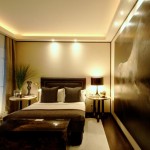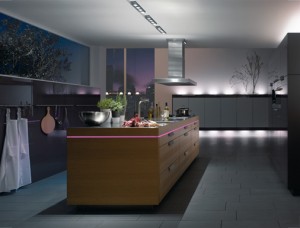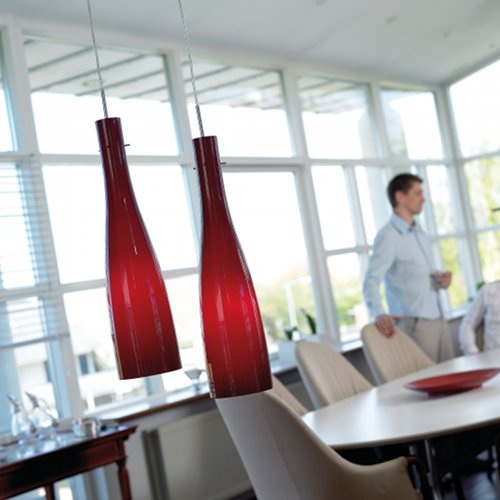Illuminating ideas
 Lighting plays a very important role both in how you present your home – and how comfortable you will be in it.
Lighting plays a very important role both in how you present your home – and how comfortable you will be in it.
Poor lighting can lead to eye strain which over time can result in a range of symptoms such as headaches, fatigue or irritability. But it is not as simple as whether lighting is ‘good’ or ‘bad’ – it just needs to be appropriate for the task in hand.
Consider lighting in three parts: ambient light (which sets the general brightness of the room), task or utility lighting (for reading or preparing food) and feature lighting, which draws you to points of interest. If your room has more than one need – you need more than one type. Blending these together is the key to a comfortable home.
Of course, a suitable lighting scheme is best considered while decorating as it can involve disruption such as chasing out walls or moving fixtures, but you can do a lot to improve a room with a few simple changes.
Adding dimmer switches (especially to ambient lights) allows for a great deal of control over the mood of a room, and placing lamps to brighten up dark corners can reduce the harsh contrast that is a prime cause of eye strain.
If you are considering redecorating – then addressing your lighting needs in the planning stage can make a dramatic difference to the finished effect. Key considerations are having separate controls for each area, choice of fittings and choice of bulbs.
Fittings can affect both the amount of light delivered and – especially in the case of pendant lights – adding a complementary feature to your existing design scheme.
Your choice of bulb can also have a significant impact on both your energy bills and the type of light delivered. Traditional incandescent bulbs are steadily being phased out as they are extremely inefficient. The most common replacements come in the form of halogen downlighters (which are still very power-hungry), compact flourescent lamps or CFLs (which work like flourescent tubes – very efficient but cannot usually be dimmed) and most efficient of all are LEDs – which are becoming more popular due to their miniscule running costs and choice of colour. LEDs typically come in daylight balanced, cool and warm varieties, allowing you to have a very fine degree of control over mood of your room.
 Kitchens are prime example of where carefully chosen lighting can have a dramatic effect. Use warm LED downlighters to add a cheerful ambience to the room, daylight balanced LED tasklights under the cupboards to make food preparation comfortable and feature lights in the plinths to add a dash of style.
Kitchens are prime example of where carefully chosen lighting can have a dramatic effect. Use warm LED downlighters to add a cheerful ambience to the room, daylight balanced LED tasklights under the cupboards to make food preparation comfortable and feature lights in the plinths to add a dash of style.
If you would like to research you lighting scheme further – we would suggest you look at kulekat.com for an exhaustive and well-informed discussion. And don’t forget – if you have ideas that you’d like to discuss, please pick up the phone or send us an email.


